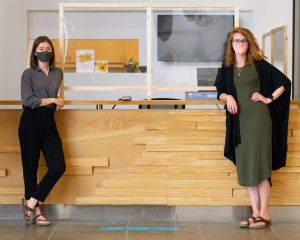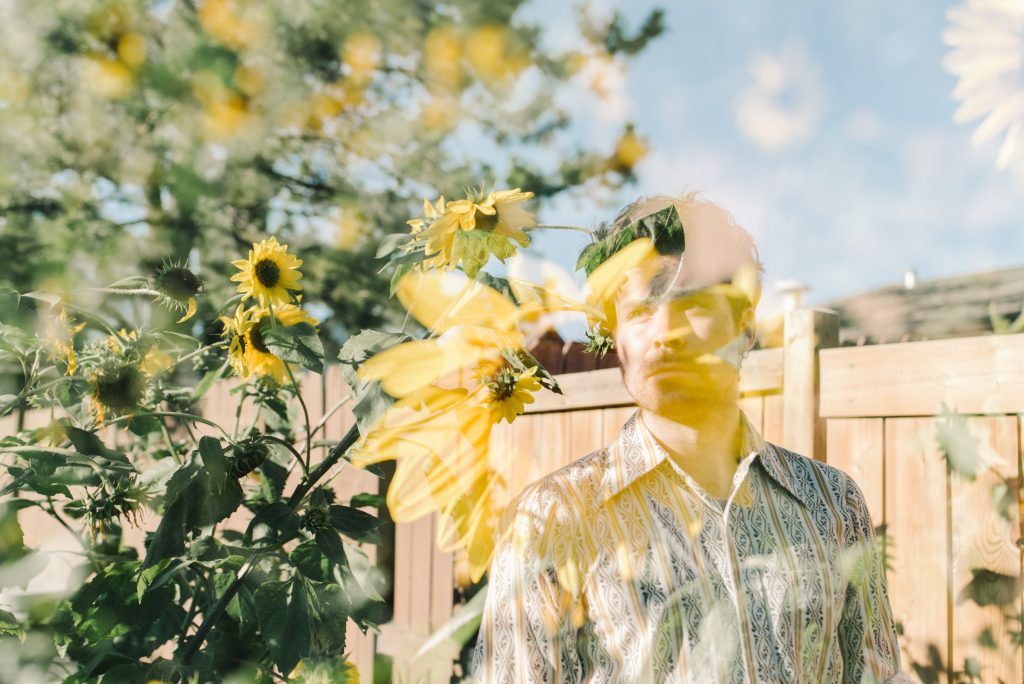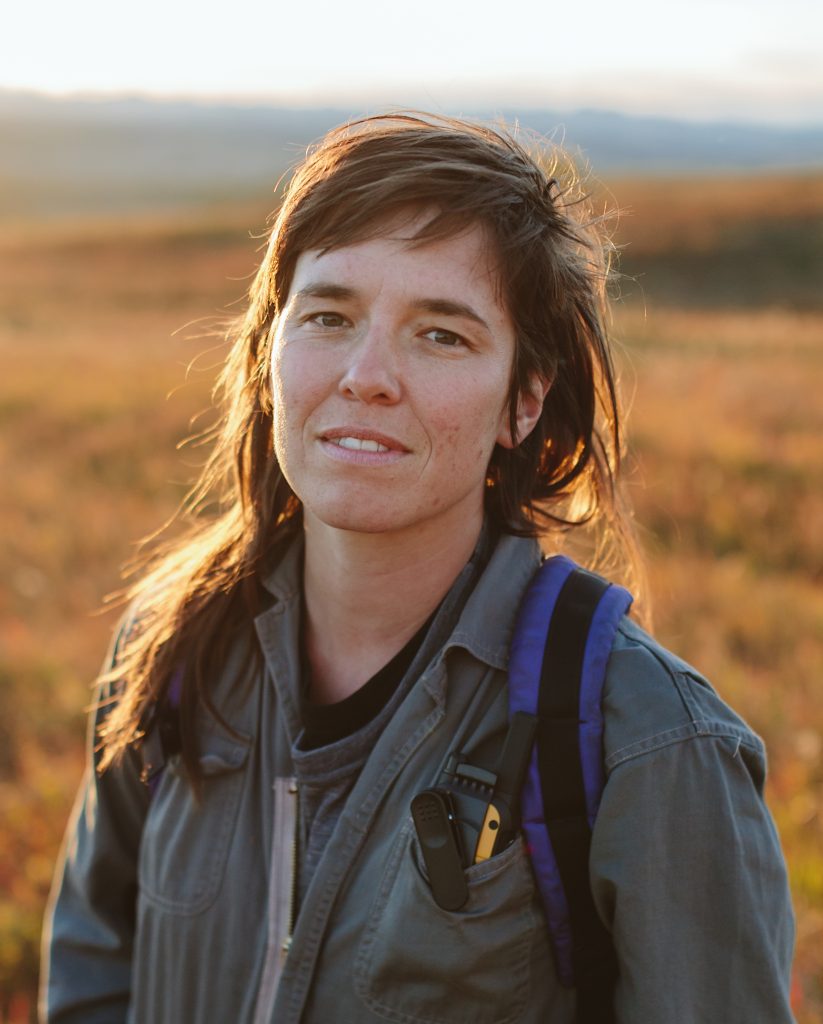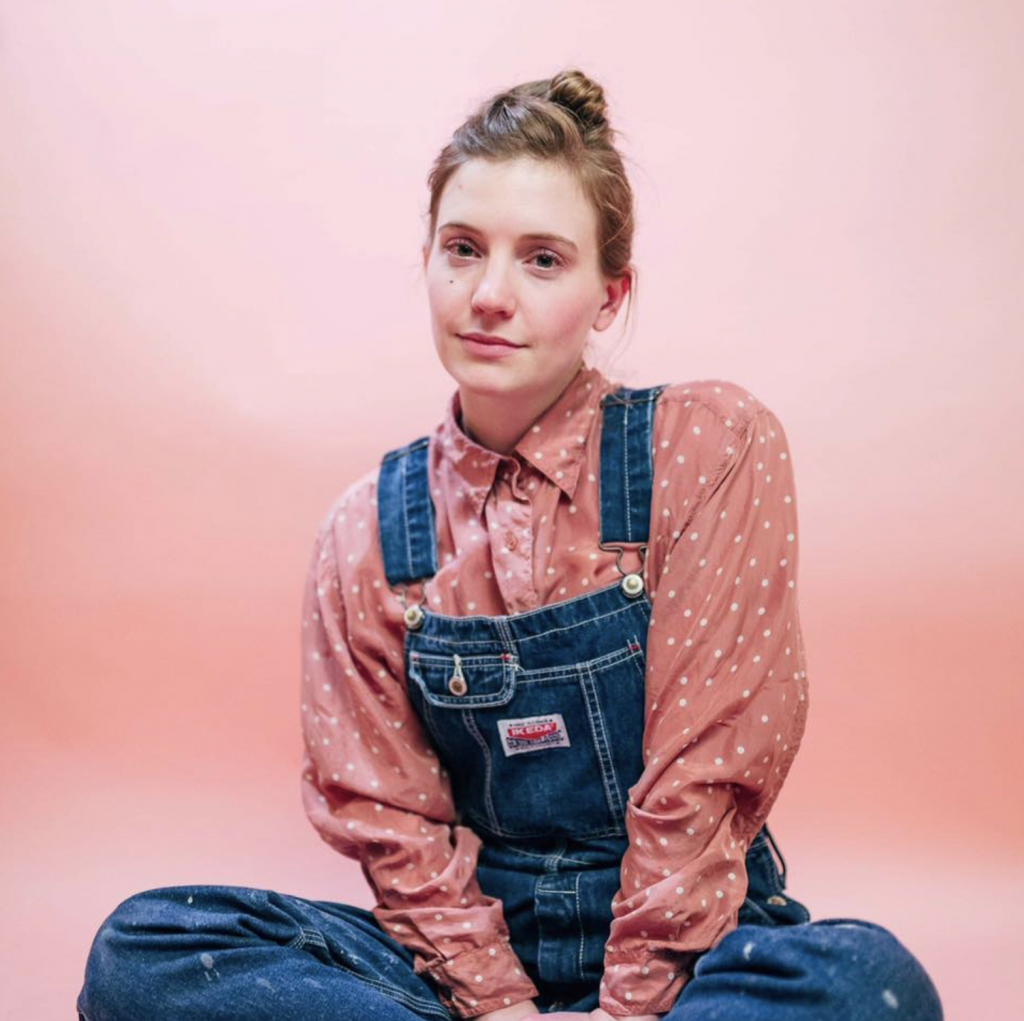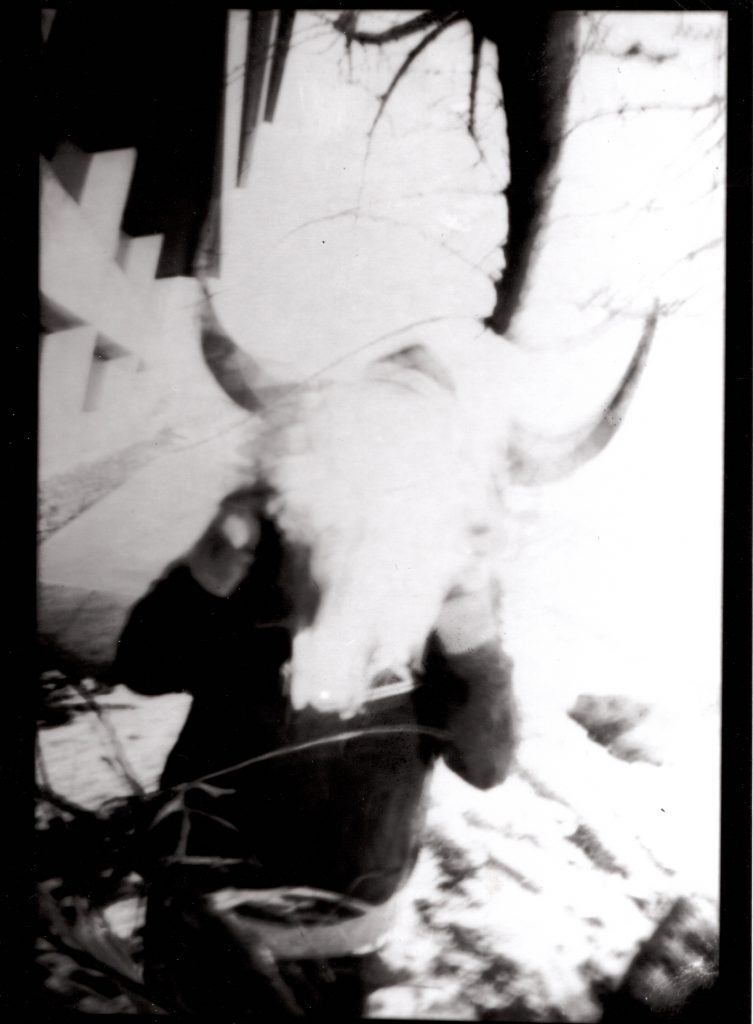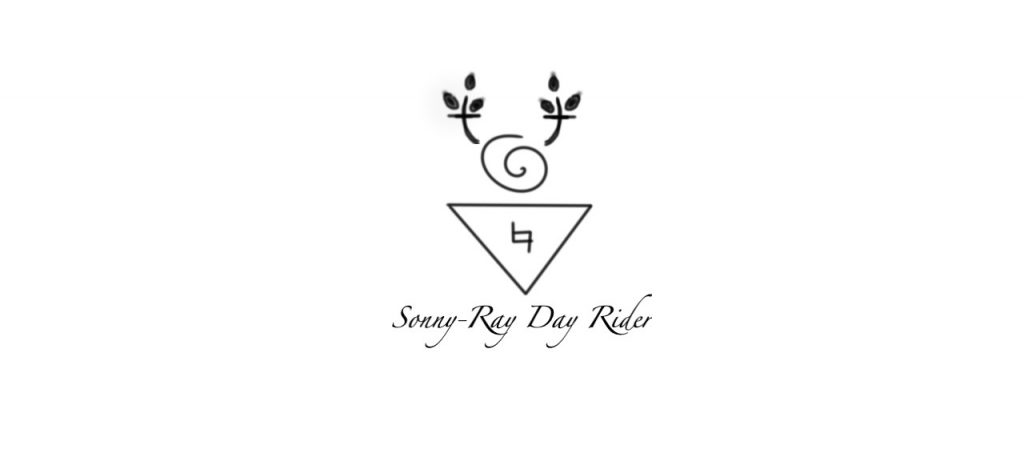Thank you to all who joined us for ASTeRIX’s first Intersections series event of the term, “Teamwork Makes the Dream Work: The Hows and Whys of Artistic Collaboration.”
Presenter info
Hali Heavy Shield, member of the Blood Tribe of southern Alberta; PhD student in visual art and Blackfoot storytelling
Thea Patterson, choreographer, performer, dramaturge, and researcher
https://theapatterson.wordpress.com/
Migueltzinta Solis, mestizXXX interdisciplinary artist; PhD student in Cultural, Social and Political Thought
https://migueltzinta.com/
Tyler Stewart, curator, writer, and MA candidate in Cultural, Social, and Political Thought
https://teestewww.com/
References and reading
Archibald, Jo-Ann. 2008. Indigenous Storywork: Educating the Heart, Mind, Body, and Spirit. UBC Press. https://www.ubcpress.ca/indigenous-storywork
Bennett, Jane. Vibrant Matter : a Political Ecology of Things.Durham: Duke University Press, 2010.
Assemblages are ad hoc groupings of diverse elements, of vibrant materials of all sorts. Assemblages are living, throbbing confederations that are able to function despite the persistent presence of energies that confound them from within. They have uneven topographies, because some of the points at which the various affects and bodies cross paths are more heavily tracked than others, and so power is not distributed equally across its surface. Assemblages are not governed by any central head: no one materiality or type of material has sufficient competence to determine consistently the trajectory or impact of the group. The effects generated by an assemblage are, rather, emergent properties, emergent in that their ability to make something happen (a newly inflected materialism, a blackout, a hurricane, a war on terror) is distinct from the sum of the vital force of each materiality considered alone. Each member and proto-member of the assemblage has a certain vital force, but there is also an effectivity proper to the grouping as such: an agency of the assemblage. And precisely because each member-actant maintains an energetic pulse slightly “off ” from that of the assemblage, an assemblage is never a stolid block but an open-ended collective, a “non-totalizable sum.” (24)
Cole, Arda L., and Knowles, J. Gary. 2007. Handbook of the Arts in Qualitative Research. Sage Publishing. https://us.sagepub.com/en-us/nam/handbook-of-the-arts-in-qualitative-research/book226626
Kieley, Kelli, and Naveau, Natasha. Dec, 9 2020. “What does a meaningful collaboration between settler and Indigenous artists look like?” CBC Arts (online). https://www.cbc.ca/arts/what-does-a-meaningful-collaboration-between-settler-and-indigenous-artists-look-like-1.5833448
“Through their work, the duo have been learning a great deal from each other and say their collaborations have been successful because they listen, communicate honestly, and face problems with courage.”
Lacasse, Serge, and Stévance, Sophie. 2013. Research-Creation in Music and the Arts: Towards a Collaborative Interdiscipline. Taylor & Francis Group.
“Rather than focussing on individuals, we envisage research-creation in music as a collaborative territory. Accordingly, to respect the dual expertise so indispensable to the field, the favoured approach most often involves bringing creators and researchers together within a single project in which they pool their expertise, in the spirit of collaboration (Smith and Dean 2009a). Thus, the approach is not merely focussed on the individual (researcher-creator or creator), but on the combination of the abilities of each participant put to use for the good of the project” (16).
“… we strongly believe that one of the most promising paths for the future of the approach involves collaboration, so that rather than putting an emphasis on the individual artist, the focus shifts toward the objectives of the project” (136-137).
“While cooperation designates the mere grouping of individuals aiming at specific results, collaboration corresponds to a dynamic framework of activities within which a small group of individuals interact in the pursuit of a common goal. In this case, they work together in the context of interdependence and the acknowledgement of each other’s expertise…” (138).
“Thus, cooperation is characterized by informal relations between individuals who generally work independently and whose respective results are later drawn together, often without systematic interaction between them. Conversely, a collaborative research-creation project is a voluntary process in which experts work together dynamically on the grounds of a shared understanding” (138).
Robinson, Dylan. 2020. Hungry Listening: Resonant Theory for Indigenous Sound Studies. University of Minnesota Press.
[The book’s final chapter is a transcription of a conversation between author Dylan Robinson, along with scholars Deborah Wong and Ellen Waterman] “How to arrive at a collaboration based on Deep Listening? For sure, it wouldn’t be an artist writing a strategic grant to take advantage of new Canada Council funding for Indigenous arts. I suspect that a truly ethical collaboration would have to start with an invitation from Indigenous artists and not the other way around. … Exactly: it’s all about listening. I don’t yet know how to do it, but I know I aspire to a radical willingness to claim nothing. To claim no knowledge, no authority, and maybe not even request collaboration: I wonder whether elevating collaboration as the ideal terms for encounter isn’t another kind of hunger. Maybe the first step is to sit just outside the door, without any expectation that we might even be invited in” (246).
